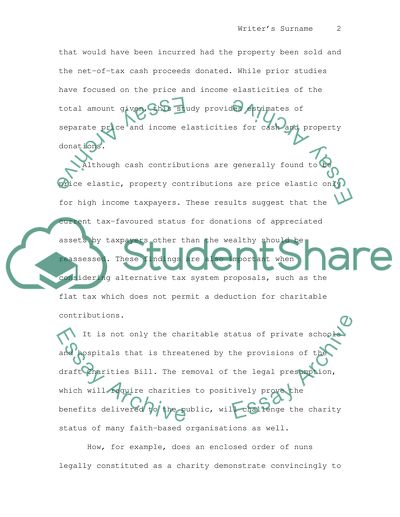Cite this document
(“Equity and Trust Research Proposal Example | Topics and Well Written Essays - 2750 words”, n.d.)
Equity and Trust Research Proposal Example | Topics and Well Written Essays - 2750 words. Retrieved from https://studentshare.org/law/1515118-equity-and-trust-essay
Equity and Trust Research Proposal Example | Topics and Well Written Essays - 2750 words. Retrieved from https://studentshare.org/law/1515118-equity-and-trust-essay
(Equity and Trust Research Proposal Example | Topics and Well Written Essays - 2750 Words)
Equity and Trust Research Proposal Example | Topics and Well Written Essays - 2750 Words. https://studentshare.org/law/1515118-equity-and-trust-essay.
Equity and Trust Research Proposal Example | Topics and Well Written Essays - 2750 Words. https://studentshare.org/law/1515118-equity-and-trust-essay.
“Equity and Trust Research Proposal Example | Topics and Well Written Essays - 2750 Words”, n.d. https://studentshare.org/law/1515118-equity-and-trust-essay.


